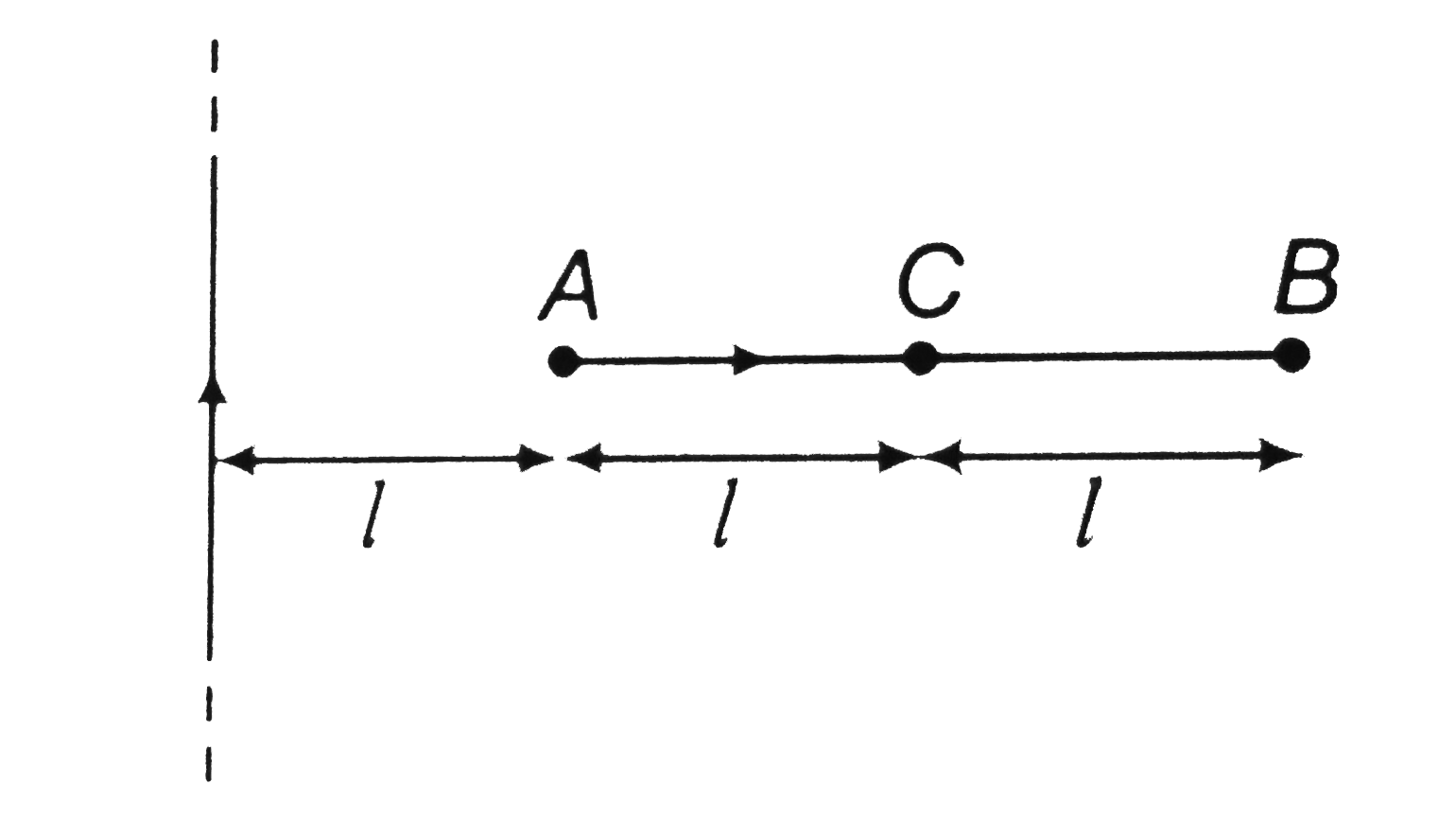A : Wires of the transmission lines carrying A.C. are made of multiple stands.
R : A.C. flows on surface of the conductor.
If both Assertion & Reason are true and the reason is the correct explanation of the assertion, then mark (1)
If both Assertion & Reason are true but the reason is not the correct explanation of the assertion, then mark (2)
If Assertion is true statement but Reason is false, then mark (3)
If both Assertion and Reason are false statement, then mark (4)
The correct Answer is:A
To solve the question, we need to analyze both the assertion (A) and the reason (R) provided.
Step 1: Analyze the Assertion (A)
The assertion states: "Wires of the transmission lines carrying A.C. are made of multiple strands."
- Explanation: This statement is true. Transmission lines that carry alternating current (A.C.) are often constructed using multiple strands of wire. This design improves flexibility and reduces the risk of metal fatigue compared to a single strand conductor.
Step 2: Analyze the Reason (R)
The reason states: "A.C. flows on the surface of the conductor."
- Explanation: This statement is also true. In alternating current, the phenomenon known as the "skin effect" occurs, where the current tends to flow near the surface of the conductor rather than uniformly throughout its cross-section. This effect becomes more pronounced at higher frequencies.
Step 3: Determine the Relationship Between A and R
Now we need to determine if the reason correctly explains the assertion.
- The assertion discusses the construction of transmission lines with multiple strands for better performance, while the reason explains the behavior of A.C. in conductors. The reason does not directly explain why multiple strands are used, but it does relate to the efficiency of current flow in conductors.
Conclusion
Both the assertion and the reason are true. However, the reason does not directly explain the assertion but provides additional context about the behavior of A.C. in conductors.
Thus, the correct answer is:
- Both A and R are true, but R does not correctly explain A.
Final Answer:
- Assertion (A): True
- Reason (R): True
- Relationship: R does not correctly explain A.
---
The assertion states: "Wires of the transmission lines carrying A.C. are made of multiple strands."
The reason states: "A.C. flows on the surface of the conductor."
Now we need to determine if the reason correctly explains the assertion.
Both the assertion and the reason are true. However, the reason does not directly explain the assertion but provides additional context about the behavior of A.C. in conductors.
- Both A and R are true, but R does not correctly explain A.
- Assertion (A): True
- Reason (R): True
- Relationship: R does not correctly explain A.
Similar Questions
The power in a two-wire transmission line travels :-
A. Inside the conductors
B. Outside the conductors
C. None of the above
D. Both inside and outside the conductors
View SolutionA current carrying rod AB is palace perpendicular to an infinitely long current carrying wire as shown in figure. The point at which the conductor should be hinged so that it will not rotte (AC=CB)

View SolutionThe capacitive reactance in an A.C. circuit is
View SolutionThe wires of two electric heaters are made up of same material and have same value. On combining them firstly in series after in parallel with a 220V A.C. source, the ratio of heat dissipiated on them will be:-
View SolutionName one d.c. source and one a.c. source.
View SolutionGive two similarities between an A.C. generator and a D.C. motor.
View SolutionName the phenomenon on which an a.c. dynamo works.
View SolutionIf lines AB,AC,AD and AE are parallel to a line l show that points A,B,C,D and E are collinear.
View SolutionDistinguish between d.c. and a.c.
View SolutionIn an electric iron heat producedm is same, whether it is connected across an A.c. source or across 50 V constant voltage. R.M.S. value of the A.C. voltage applied is
View Solution
